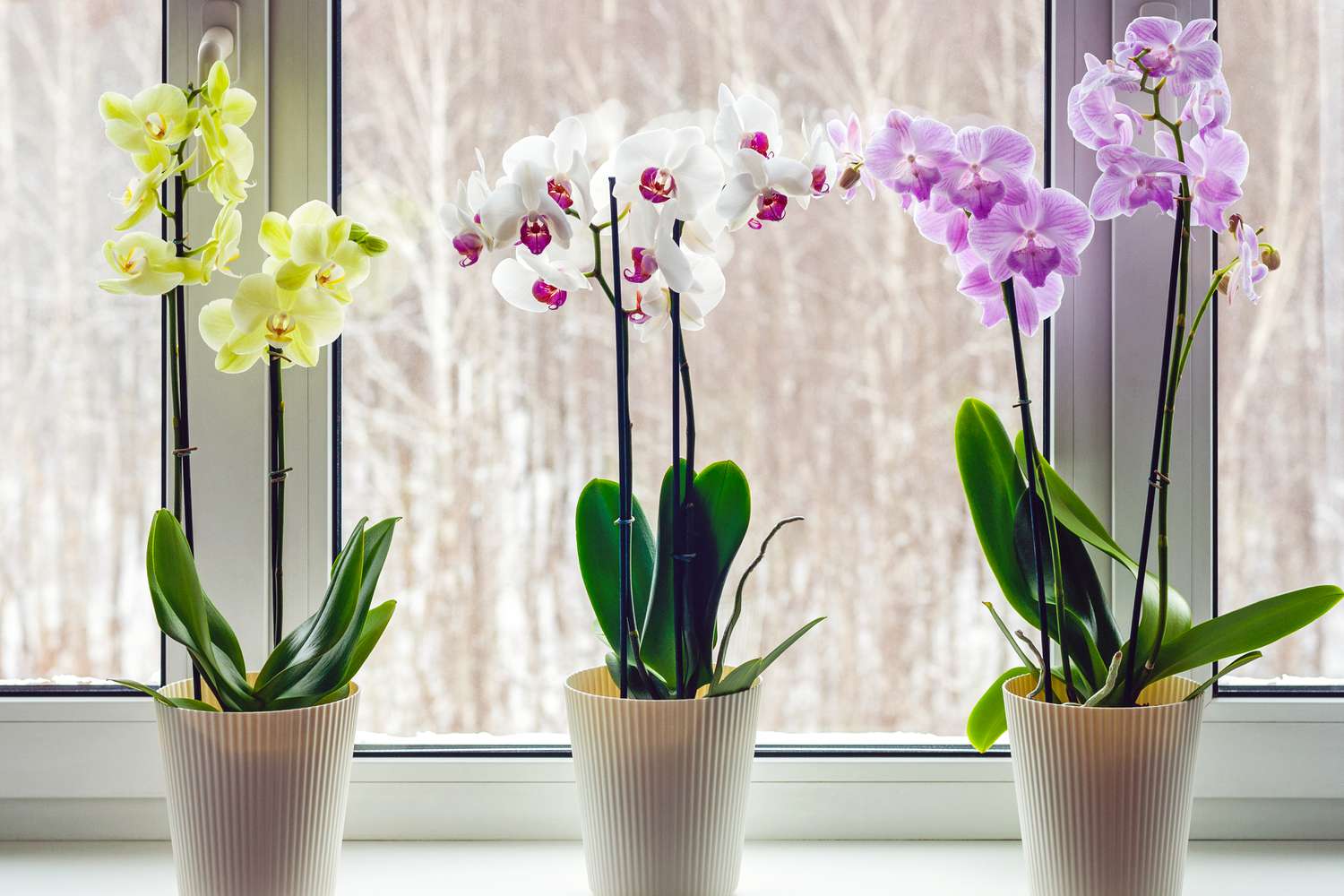If you received a Phalaenopsis orchid as a present recently, it’s likely that its bloom cycle has already ended.
However, this doesn’t mean that it’s dead. It’s merely the start of a new journey for the orchid.
Although dormancy can last for several months, it can vary depending on the plant.
In order to ensure that it will re-flower, you should provide it with proper care.
When the last blooms have dropped, you can start the process of reblooming by following these steps.
If your orchids are losing blooms, it’s important to remove the ones that are wilting to prevent the remaining ones from wilting
. The ethylene produced by the wilting blooms speeds up the wilting process of the surrounding plants.
Follow these simple steps to re-bloom your orchids.
Before you start the process of reblooming your orchids, remove all the stakes and clips.
If the green spike is still intact, remove it from the plant. However, if it’s starting to turn brown, remove the flower spike from the plant’s base. Phalaenopsis orchids don’t like to have brown spikes.
If your orchids have double flowers, cut off one of the spikes from the plant at the base.
At this stage, the plant will be dormant, and it will start to re-flower once new blooms appear.
For six to nine months, it will remain this way until new flowers appear.
In addition to water and TLC, the plant also needs nutrients and other nutrients during this period.
You can start the process of re-blooming by following these simple steps.
Water your orchids once a week using three ice cubes. If you have several plants in a single planter, you should provide each with its own set of cubes.
Fertilize your orchids once or twice a month using half-strength houseplant fertilizer.
You should refrain from watering your orchids after they have been fertilized. In order to help them grow, place them inside a cool area at night.
The lower temperatures will allow the plant to develop new flower spikes and return to its regular state.
When your orchids start to re-bloom, they will start to develop a new growth that looks like a root.
This new growth will have a rounded edge, and it should be supported with a stake while it grows.
However, it’s important to keep in mind that this growth must have already grown before you clip the stake to the stem.


Leave a Reply